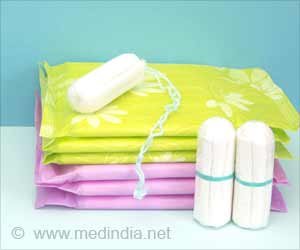Women are Responsible for Plastic Pollution: Here’s How

As per Anika Parashar, founder, and CEO of The Woman’s Company, incinerators could also be the way forward. Instead of finding their way to our landfills, water and ultimately the soil, the pads, when incinerated, will be turned into ash, aiding climate health.
Research shows that non-biodegradable menstrual pads take between 500 and 800 years to break down, and when they do break down, they eventually become microplastics, i.e., pieces of plastic that are less than 5 millimetres in size. These microplastics then find their way to our soil system and even oceans. As opposed to this, organic, biodegradable tampons biodegrade within 6 months.
Advertisement
Therefore, the way forward to deal with this is for women to be aware of the kind of products that they are opting for. Instead of what’s pushed in the market, look for brands and alternatives that are abiding by sustainability.
Can Reusable Menstrual Cups Reduce Plastic Pollution?
Alternatives such as menstrual cups are a great pick if you are comfortable using them. Reports suggest that a menstrual cup creates about 0.4 percent of the plastic waste produced by pads and only 6 percent of the plastic waste produced by tampons.
“If you are not comfortable using reusable menstrual products, invest in pads that are sustainable, including the packaging they come in. When buying disposable pads, look for non-chlorine bleached pads and tampons that are made with organic cotton and without plastic applicators,” says Anika.
Say ‘No’ to Plastic Pads to Have a Safe and Greener Periods
Many young Indian startups are working towards providing sustainable alternatives to chemical-laden sanitary pads. Research what works for you, your flow, and your lifestyle, and then make these small changes that can be extremely effective in removing plastic waste from the ecosystem while ensuring your comfort.
Source: IANS
Source link
#Women #Responsible #Plastic #Pollution #Heres



